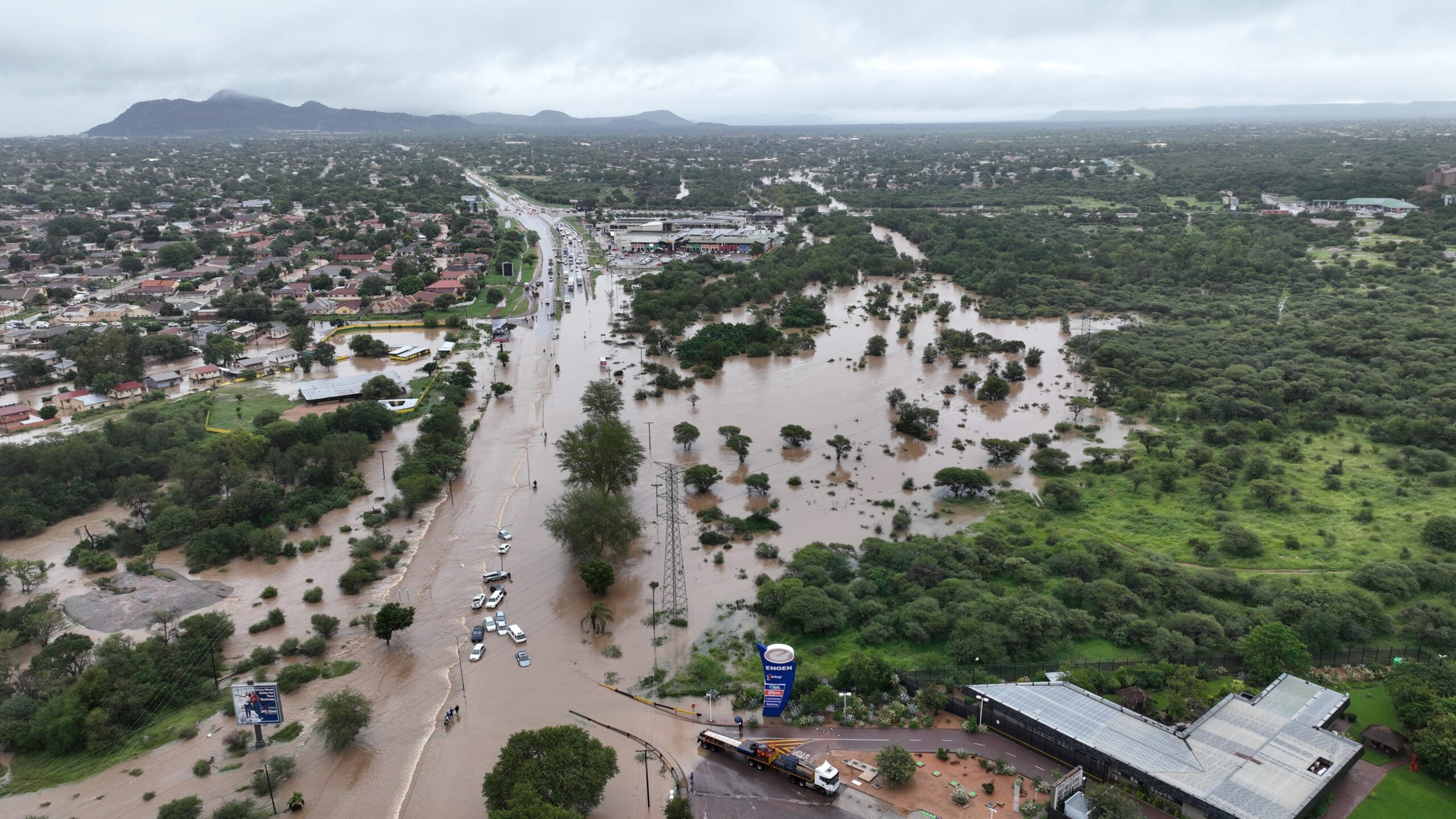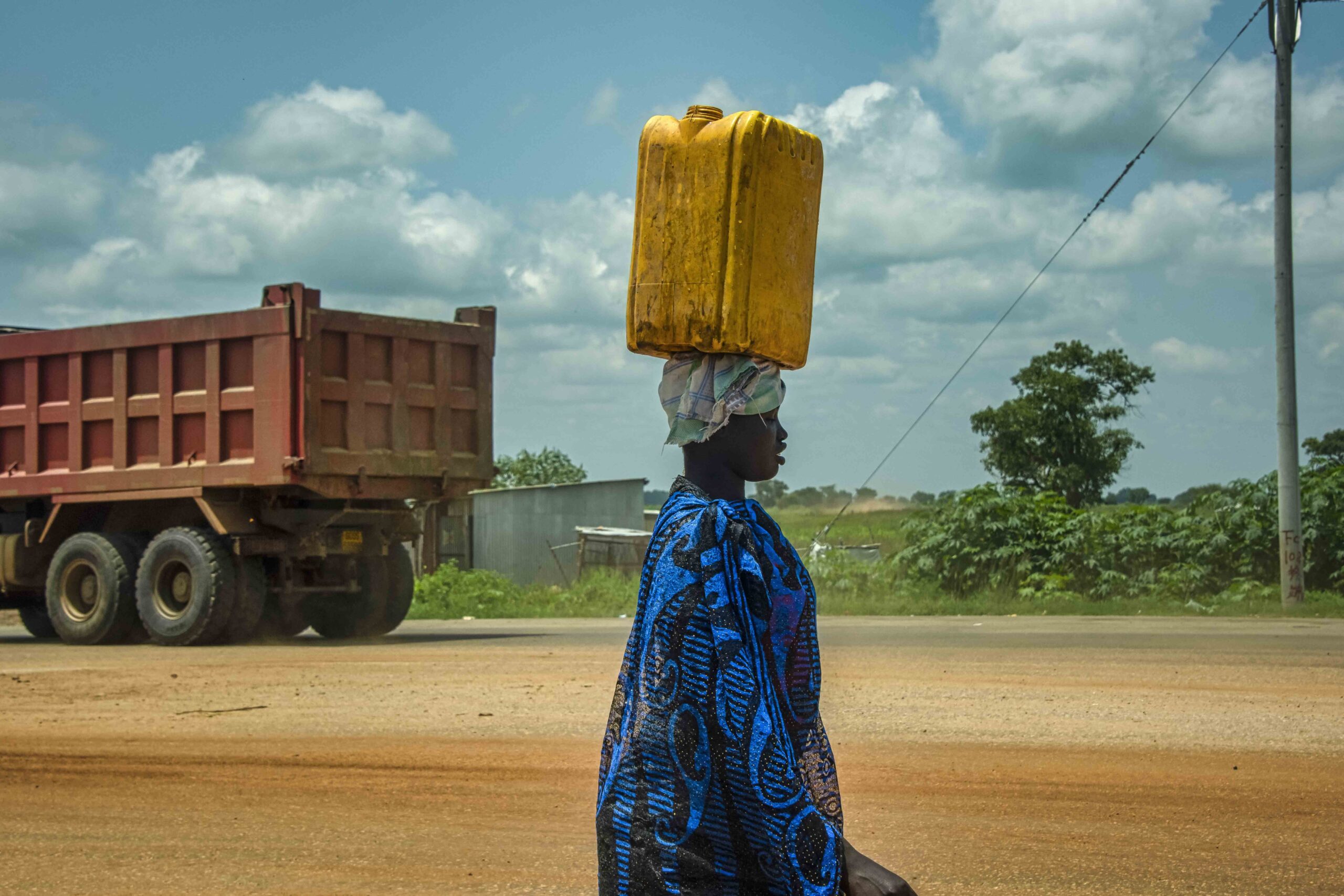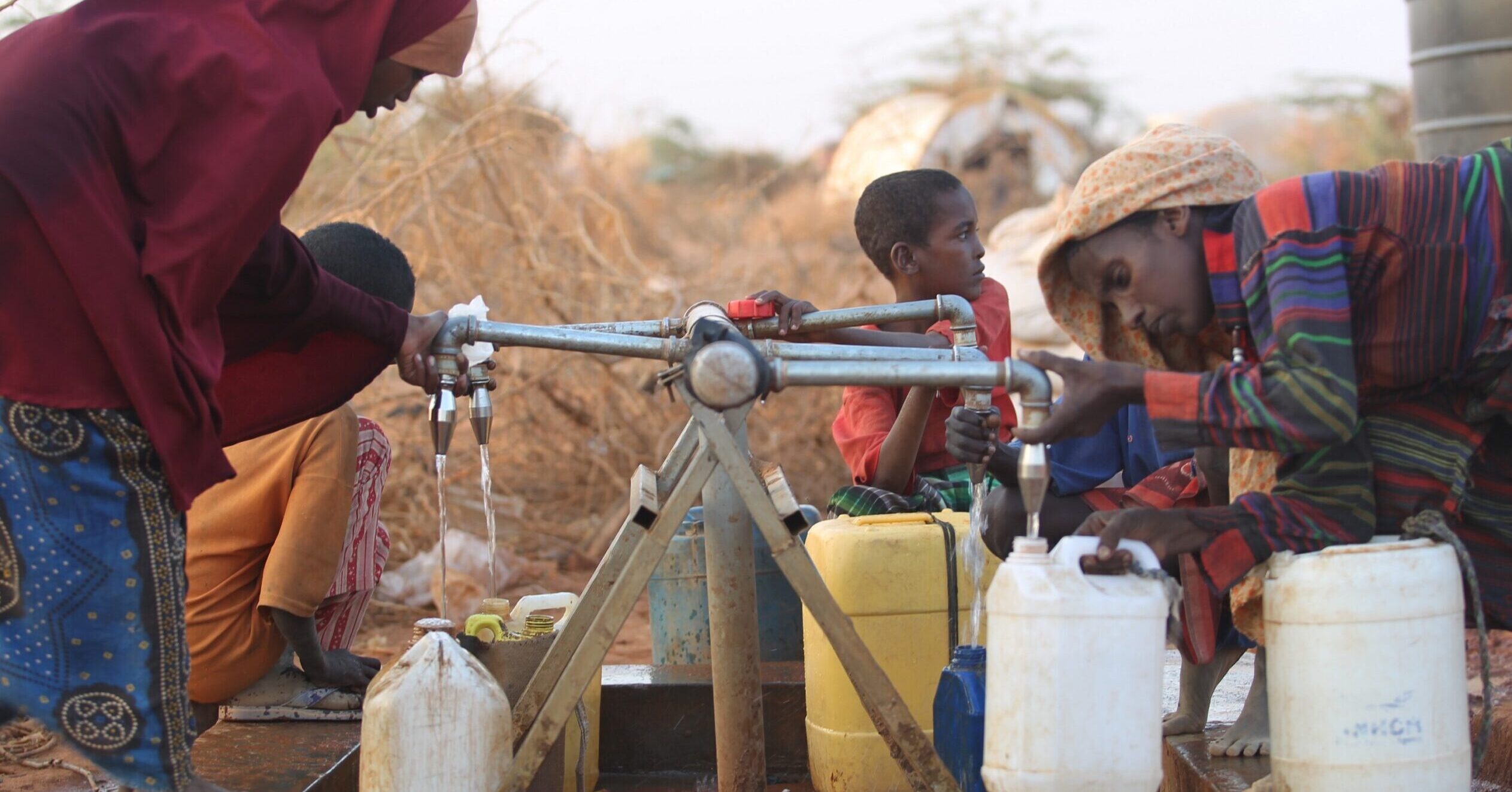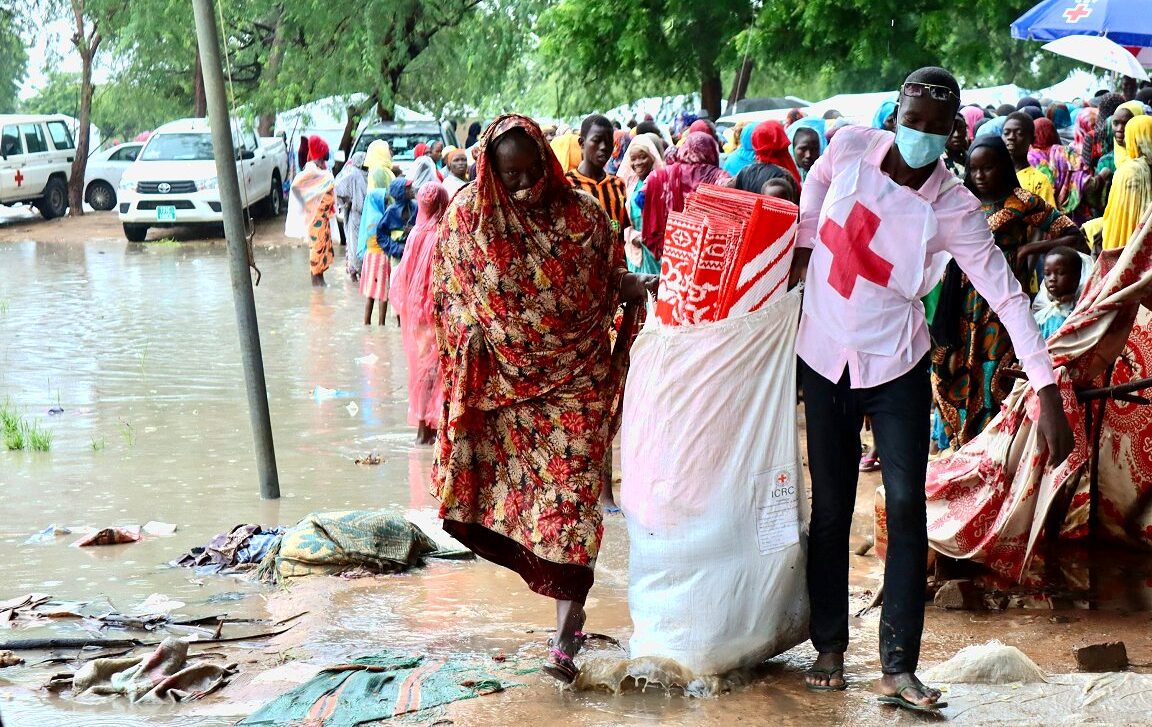In mid-February 2025, southern Botswana and eastern South Africa were hit by heavy rainfall, sparking severe flooding across the region. The floods claimed at least 31 lives, including 22 in KwaZulu-Natal (Mhlophe-Gumede, 2025), near Durban, and at least nine in Botswana’s capital, Gaborone, amongst them six children (Government of Botswana, 2025). At least 5,000 people … Continue reading “Increasing extreme rainfall and rapid urbanisation, major drivers behind Gaborone’s deadly floods”
Increasing extreme rainfall and rapid urbanisation, major drivers behind Gaborone’s deadly floods






